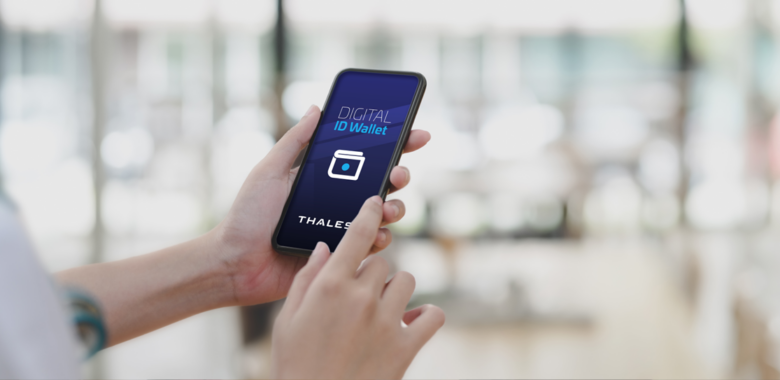The travel industry is becoming more digitised – and for the better. From biometric solutions to automated passport control, electronic travel documents and enhanced border surveillance – countless technologies are improving the security, customer experience, and operations of the travel industry. These advancements are increasingly relevant to both public and private sectors, enhancing security, efficiency, and user experience across various industries.
In addition to the many acronyms and technical jargon flying about (pardon the pun!), there are also multiple industry bodies to be aware of, too. So, as we enter the peak travel period this summer, here’s a refresher of some of the key terms…
E-gates / ABC: E-gates or ‘automated border control systems’ are the self-service barriers used at border checkpoints passport control, representing an alternative to having your passport manually checked by a border official. These systems rely upon biometrics, scanning the identity information within biometric passports, which are presented by the traveller at the gate. Combined with facial recognition via a camera embedded in the barrier, the system cross-checks and verifies the user’s identity. This ensures high levels of accuracy, alongside a more streamlined and efficient entry process, providing benefits for travellers and border officials alike.
E-passports: E-passports are what E-gates rely upon to function. While they are still physical passports with biographical and identity information printed, this information is also held in the scannable electronic biometric chip of the passport.
Polycarbonate data page: In addition to the integrated chips in E-passports, the polycarbonate data page is one of the most important elements of modern passport designs. Given the material of the page consists of multiple layers of plastic fused together, with the personal details and photograph printed across the different layers, it is near-impossible to modify or change. This enhances both security and trust across E-passports.
Digital Passports or DTCs: Digital Travel Credentials are electronic versions of a physical passport. This form of ID is conveniently housed on one’s smartphone within an app or digital wallet. When combined with the traveller’s digital boarding pass, users can ‘launch’ the DTC via biometric identity verification – i.e. facial or fingerprint recognition – to ensure the user is the rightful passport owner. This will produce a credential to be scanned at border control. Finland is one such country that is leading the way with digital passports, providing travelers with a safe, efficient, and highly intuitive travel experience from check-in to take off.
Liveness detection: While some DTCs work by producing a scannable credential on one’s mobile phone, other systems may combine facial recognition with liveness detection. Liveness detection is a security feature designed to verify that the person being scanned is a live, real individual rather than a photograph or a spoofed image. At airports, cameras positioned at various checkpoints can quickly identify travelers and confirm their identity and eligibility to fly, enhancing both security and convenience.
Multimodal biometrics: With biometric verification authenticating passengers more accurately than any human can, the incorporation of multiple biometric indicators helps strengthen this authentication process even further. This could include combinations of fingerprint, face, iris, or palm, for example. Indeed, Thales multimodal biometric pod offers captures and authenticates both iris and face biometrics in just two seconds.
Passport watchlist: Biometric technologies in border checkpoints can also aid border management by integrating with government watchlists. For example, the image retrieved at e-Gates for those attempting to enter or leave the country, can be biometrically cross-checked with national databases. This will then flag up any matches with individuals on watchlists, further helping to secure national borders and track suspicious cross-border movements.
IATA: This refers to the International Air Transport Association – a trade association that represents, leads, and serves around 330 of the world’s airlines and global air traffic. Its priorities span industry policy and critical aviation issues, covering everything from sustainability to safety, security, and operations.
ICAO: The ICAO refers to the International Civil Aviation Organization. This is a global forum for civil aviation that sets standards and regulations regarding safety, security, efficiency, and regularity. Like IATA, it aims to achieve safe, secure, and sustainable development of the aviation sector via cooperation of its members.
To find out more about out biometric travel and border management solutions, visit:
- https://www.thalesgroup.com/en/markets/digital-identity-and-security/government/eborder/airport-self-service-solutions
- https://www.thalesgroup.com/en/markets/digital-identity-and-security/government/eborder
- https://www.thalesgroup.com/en/markets/digital-identity-and-security/government/eborder/biometrics-and-passenger-experience



